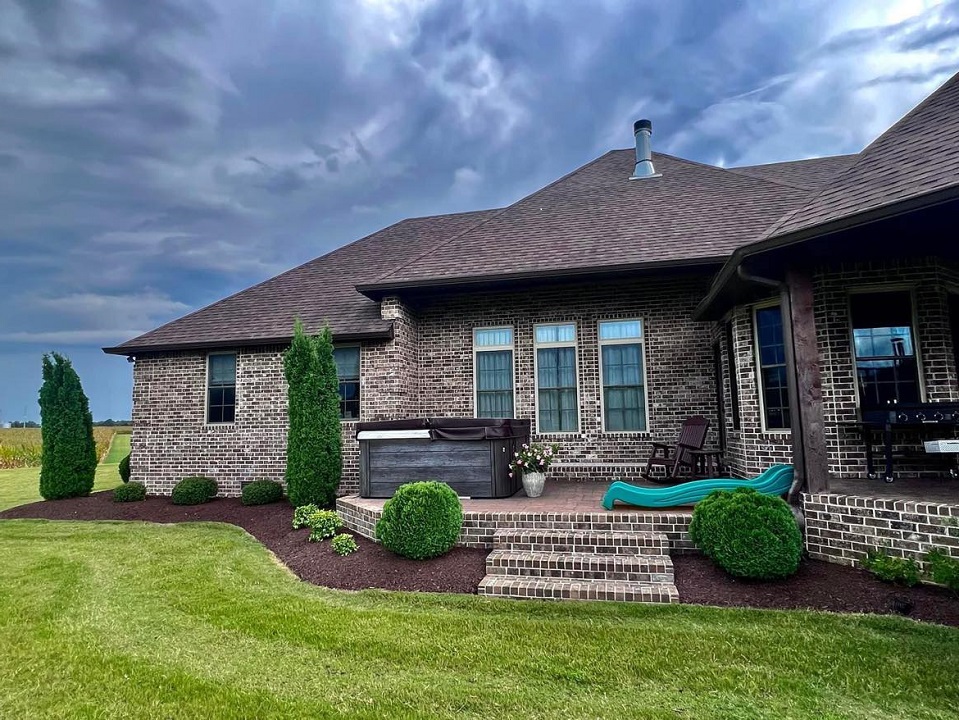Planning Landscaping
by Admin

Landscaping is an excellent way to increase the value of your property, promote health and wellbeing for your family members, as well as make your home more sustainable. It has numerous other advantages too – like improving security at work or increasing employee morale.
When creating your landscaping project or updating an existing yard, take your time and plan it carefully. With careful consideration, you'll have a stunning landscape to admire for years to come!
Planning
Planning is the key to any successful outdoor kitchen, dog run or front yard landscaping project. Without one, you could end up with a disjointed design that lacks cohesion. Without one, the outcome may not be what you wanted at all.
The initial step is to make a list of all the landscaping features you wish and need in your landscape, such as patios, gardens, play areas and storage sheds. Once this list is created, proceed with installing each feature one by one until everything is perfect for you.
Next, lay tracing paper over your base plan and sketch approximate locations of major landscape features. Experiment with different arrangements and sizes until you have an intuitive sense of what you want in your landscape.
Once you have a clear vision for your new landscape, it's time to select plants and hardscape materials. Take into account factors like climate, soil type and topography when choosing appropriate plantings for your space.
Design
Landscaping is an art that requires extensive research, planning and design to bring client visions to life. The process includes meeting with the client, measuring the landscape area, researching plants and figuring out how to execute on both homeowner goals as well as those set by a landscape designer.
Landscape design should aim for balance and organization, which can be achieved through either symmetry (Figure 1, top) or asymmetrical design (Figure 1, bottom).
Symmetry and asymmetry both strive to create an even visual weight across a landscape. Symmetry achieves this by placing similar plants and hardscapes on either side of a line; while asymmetry balances features with differing forms, textures or colors for different visual impact.
Materials
Landscape design can be achieved using a range of materials. Softscapes (e.g., flowers and trees) as well as hardscapes are both viable options.
The term "hardscape" refers to non-living features that enhance a landscape's aesthetics, such as patios, walkways, stairs and retaining walls. These can be constructed out of various materials like concrete, wood, stone, bricks or gravel along with other natural or man-made objects.
Gardeners utilize hardscape materials to add visual interest and dimension to a yard. Hardscape elements help delineate, decompose, and give the yard depth.
Landscape materials popular around the home include gravel, rock or stone, brick, concrete and wood. Gravel can be used for creating paths, supporting planters or simply as decorative ground cover around your house.
Installation
Landscape installations are an integral part of improving your property and increasing its value. Not only do they add curb appeal, but they also work to safeguard your lawn's long-term health by eliminating excess ground water and encouraging optimal soil condition.
Installations can be achieved in several ways, and they're often phased so homeowners have the flexibility to adjust their preferences as their lifestyles develop or as technology improves.
Installing a single feature like a flowerbed, fence or tree can be cost-effective and straightforward to complete. On the other hand, installing multiple features requires more planning and expertise.
If you require full-service installation, a company that comes out and takes care of the whole process can be hired. They'll assist in selecting the appropriate materials for your requirements and guarantee that the job is finished in a timely manner.
https://www.landscapingclarksvilletn.com/
Landscaping is an excellent way to increase the value of your property, promote health and wellbeing for your family members, as well as make your home more sustainable. It has numerous other advantages too – like improving security at work or increasing employee morale. When creating your landscaping project or updating an existing yard, take…
Recent Posts
- Trade Pro Roofing: Leading the Way in Roofing Excellence in Springdale, Fayetteville, and NWA
- Ben’s Pest Control: Your Premier Solution for Pest-Free Living
- Environmental Benefits of Removing Diseased or Damaged Trees to Promote Healthier Landscapes
- Shattered Dreams: Premier Destination for Comprehensive Computer and Mobile Device Repair Services in Knoxville
- Maintaining and Caring for Your Quartz Countertops: Tips and Tricks
